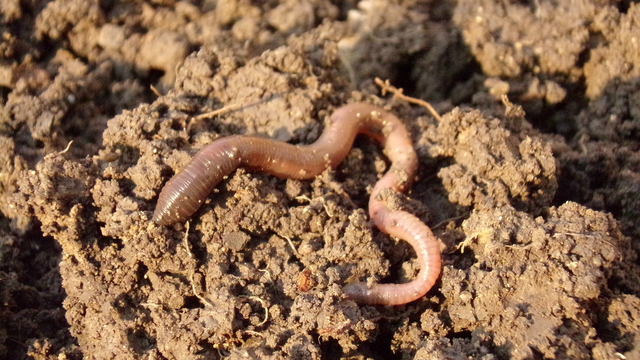Be Mindful of Earthworms When You Go Digging
“Will you not slaughter earthworms today?” my Mom asked.
“What do you mean?” I replied, expressing surprise.
“Whenever you use a hoe in the garden,” she explained, “you kill many earthworms.”
Mom had come to visit us at our rented premises, where we maintain a garden of flowers. She sympathized with the cold-blooded animals, and I remember her statement whenever I cultivate the garden.

There are millions of earthworms in the soil. They vary in length and size depending on the number of segments, feeding, and species. The most massive worm ever measured was 22 feet and was found in South Africa.
Worms prefer places with a lot of moisture, a favorable temperature, and oxygen. In an area of approximately an acre, there can be millions of earthworms.
Earthworms possess neither legs, eyes nor arms. They make tunnels in the soil and mix the topsoil with the subsoil. They help plants get the required nitrogen by trapping it in their secretions (slime). Slime plays another critical role. It holds soil particles together to form aggregates.
Earthworms avoid light like the plague. They sense its presence and move away. Exposure to light for more than an hour will paralyze them and eventually kill them. An earthworm’s skin is always wet; it dies when the skin becomes dry.
An earthworm has both female and male organs, which qualifies it to be a hermaphrodite. Earthworms mate with each other and exchange sperm via their clitella, the swollen area found near the head of a full grown worm. After mating, each wiggler forms an egg capsule in its clitellum. The eggs hatch and the cycle repeats.
My mother’s statement that ‘you slaughter the earthworms whenever you dig’ is not entirely right. Depending on the type, the location and extent of damage, earthworms have a rare ability to replicate or replace lost segments. A lost tail is natural to regrow, but it is not easy to replace a head.
Although it may not be possible to avoid cutting them into pieces, meditate about the role earthworms play in our food chain the next time you go digging.